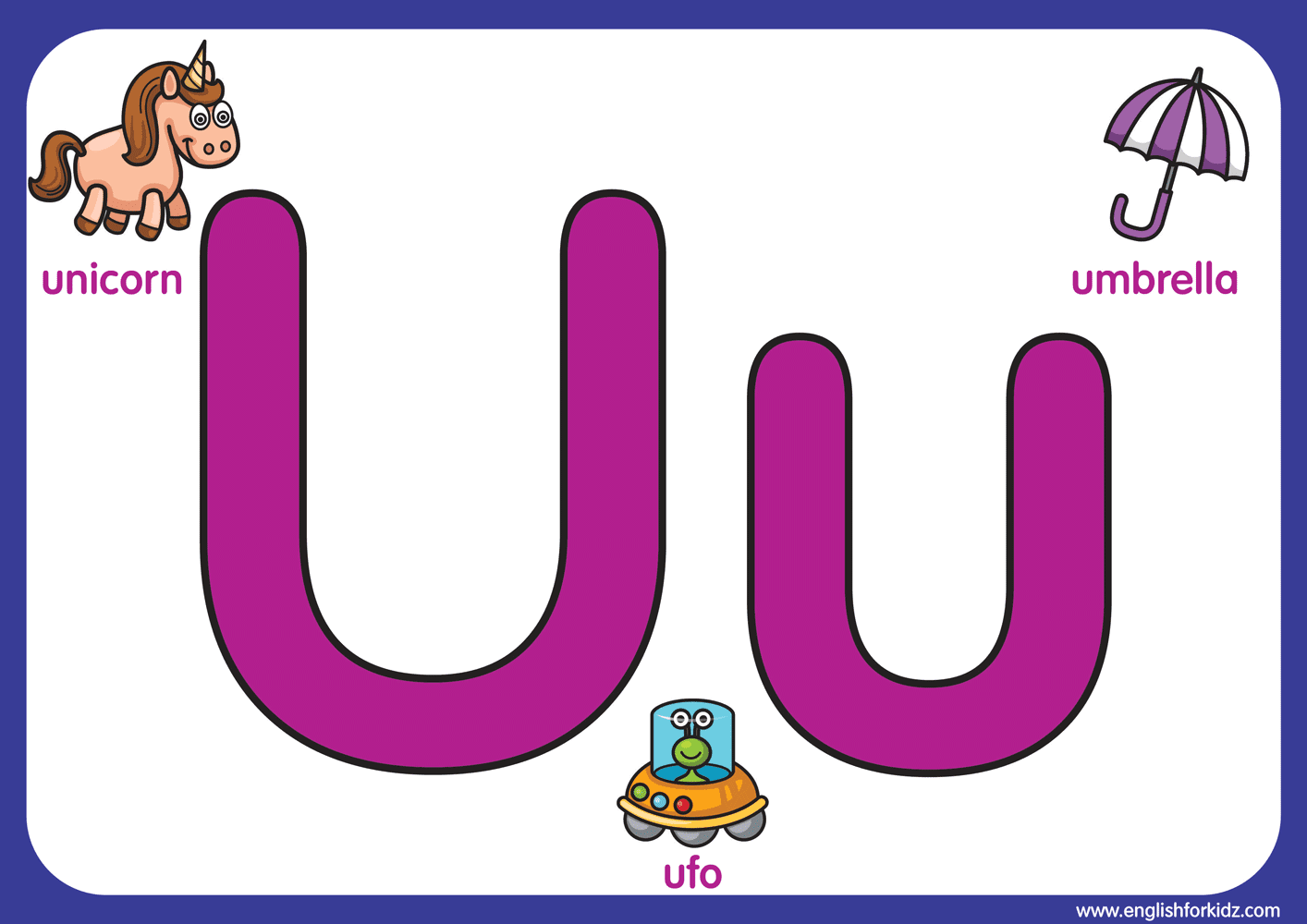User experience (UX) stands as a cornerstone of modern web design, influencing how users interact with websites and applications. As the digital world continues to advance, grasping the principles of UX has become crucial for crafting engaging and impactful online experiences. This article explores the foundational aspects of UX, its significance in web design, and how to apply best practices to boost user satisfaction and retention.
In today's fast-paced digital era, users demand seamless interactions and intuitive navigation. Websites that prioritize UX are better positioned to convert visitors into devoted customers. By focusing on user needs, preferences, and behaviors, designers can create interfaces that not only meet but exceed user expectations, fostering loyalty and long-term engagement.
This comprehensive guide will delve into the various components of UX, including usability, accessibility, and emotional design. Additionally, we’ll examine the importance of user research, testing, and feedback in the design process. Whether you're a web designer, developer, or business owner, understanding the fundamentals of UX empowers you to create websites that resonate deeply with your audience and drive success.
Read also:Unveiling The Mystery Behind George Lopezs Enigmatic Tattoo
Table of Contents
- What is User Experience (UX)?
- Why UX Matters in Web Design
- The Pillars of User Experience
- Usability: The Backbone of UX
- Accessibility in UX Design
- Emotional Design: Building Connections
- User Research and Testing: Gaining Insights
- Best Practices for Effective UX Design
What is User Experience (UX)?
User experience (UX) refers to the overall impression a user has when interacting with a product or service, particularly within a digital framework. It spans every facet of the user's interaction, including usability, design, performance, and accessibility. A positive UX occurs when users find the interface intuitive, engaging, and valuable, leading to long-term satisfaction and loyalty.
Defining User Experience
- UX transcends aesthetics; it focuses on how users feel while using a product.
- It involves comprehending user needs and behaviors to craft meaningful and impactful interactions.
- UX design integrates various disciplines, such as research, psychology, and design, to create cohesive experiences.
Why UX Matters in Web Design
Investing in user experience is indispensable for businesses striving to excel in the competitive online environment. A meticulously designed website can lead to enhanced user satisfaction, higher conversion rates, and strengthened customer loyalty.
Impact on Conversion Rates
- Websites with exceptional UX can witness a substantial increase in conversion rates.
- Users are more inclined to perform desired actions, such as signing up or making purchases.
- Clear navigation and an approachable interface bolster user trust and credibility.
Enhancing Brand Perception
A positive user experience significantly enhances brand perception. When users experience smooth interactions with a website, they are more likely to recommend it to others and revisit in the future, solidifying brand loyalty.
The Pillars of User Experience
Several critical factors contribute to a successful user experience. Understanding these components empowers designers to create websites that resonate with users and deliver meaningful results.
Usability
- Usability pertains to the ease and efficiency with which users can navigate a website.
- Key aspects include intuitive navigation, clear labeling, and streamlined task completion.
Accessibility
Accessibility ensures that a website is usable by individuals with disabilities. This includes features like alternative text for images, clear fonts, and keyboard navigability, promoting inclusivity and compliance with legal standards.
Visual Design
The visual design of a website plays a pivotal role in shaping user perception. Strategic use of color, typography, and spacing enhances readability and fosters a positive atmosphere, leaving a lasting impression on users.
Read also:Exploring The Life And Persona Of James Caan Height Weight And Legacy
Usability: The Backbone of UX
Usability is a foundational aspect of user experience, focusing on how effortlessly users can achieve their goals while interacting with a website. High usability fosters increased user satisfaction and engagement, setting the stage for a successful online presence.
Principles of Usability
- Consistency: Uphold uniformity in design elements to minimize confusion.
- Feedback: Offer users immediate feedback on their actions to enhance clarity.
- Efficiency: Simplify task completion by minimizing the number of steps required.
Accessibility in UX Design
Accessibility is fundamental to ensuring that all users, including those with disabilities, can access and navigate a website effectively. Designing for accessibility not only broadens your audience but also aligns with legal requirements, making it a win-win for businesses and users alike.
Accessible Design Practices
- Provide descriptive alt text for images to assist screen readers.
- Ensure sufficient color contrast for optimal readability.
- Offer keyboard shortcuts for navigation to accommodate diverse user needs.
Emotional Design: Building Connections
Emotional design focuses on creating a connection with users by evoking positive feelings. When users feel emotionally engaged, they are more likely to interact with the website and remember the brand, fostering long-term loyalty and advocacy.
Creating an Emotional Connection
- Employ storytelling to communicate your brand message and values effectively.
- Integrate visuals and design elements that resonate with your target audience, enhancing emotional impact.
User Research and Testing: Gaining Insights
User research is a vital component of UX design, involving the understanding of user needs, preferences, and pain points through methods like surveys, interviews, and usability testing. This process provides invaluable insights into user behavior and expectations.
Importance of User Testing
- User testing enables designers to gather meaningful feedback and pinpoint areas for improvement.
- Iterative testing refines the design based on real-world user experiences, ensuring optimal results.
Best Practices for Effective UX Design
Implementing best practices can significantly elevate the user experience on your website. Here are some essential tips to consider:
- Prioritize user needs and preferences throughout the design process to create user-centric solutions.
- Conduct regular user research and testing to gather insights and stay aligned with user expectations.
- Ensure the website is responsive and performs optimally across various devices, providing a seamless experience for all users.
Conclusion
In summary, user experience (UX) plays a pivotal role in modern web design. By emphasizing usability, accessibility, and emotional design, businesses can create websites that resonate with users and foster meaningful engagement. Adopting best practices and conducting thorough user research are essential steps in enhancing UX. Begin improving your website's user experience today by evaluating your current design and leveraging user feedback.
We encourage you to share your thoughts in the comments section below, share this article with others, or explore more insightful content on our website. Your journey toward exceptional user experience starts here!
Closing Thoughts
Thank you for reading! We hope this article has provided valuable insights into the significance of user experience in web design. We invite you to revisit our site for more informative articles that help you stay ahead in the ever-evolving digital landscape.

